USA and Canada
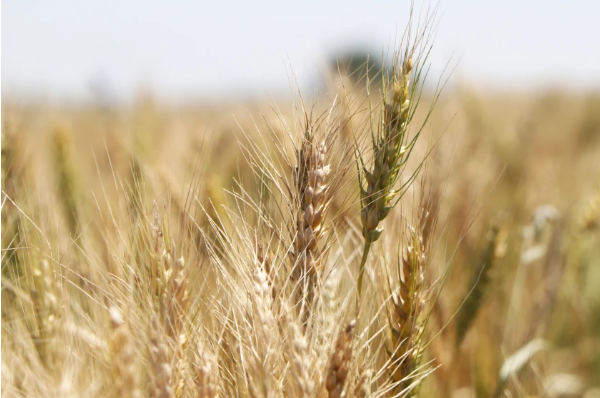
Demand for U.S. crops weakens in January
The markets in the first week of January changed course from how the grains left 2022.
Wheat was hit the hardest as all three exchanges flirted with recent contract lows with Kansas City trading to a new contract low before the week was over. The issue in wheat continues to be demand as the U.S. is not competitive in the wheat export game.
And with what seems like a new crop of wheat being harvested every month, it makes it hard for the U.S. to become competitive. With that being said, U.S. wheat stocks are expected to drop to their lowest levels since 2007. That combined with production concerns in Argentina and the U.S., quality issues in Australia, and now shipping concerns in the Black Sea region, one would expect wheat to perform better.
November and December’s Drought Monitor maps showed improvement as drought conditions are encompassing less of the winter wheat region.
Read More…
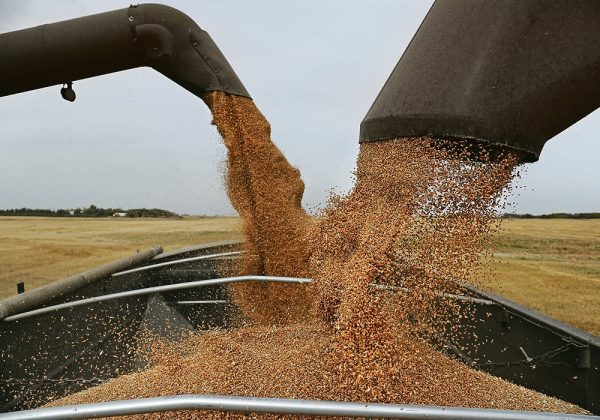
Growers warned of wheat price dip
Brennan Turner has a bearish short-term outlook for wheat.
“It is more likely that wheat prices are going to come down than rally significantly into the spring and summer,” said the founder of the Combyne Ag crop marketing hub.
He noted that fall new crop hard red spring wheat futures at the close of 2022 were nearly identical to what they were a year ago.
Prices have been high for a year and a half, and growers need to be reminded that markets are cyclical.
Turner worries that if farmers wait until spring, the prices might not be as high as they are now.
“If you’re looking to price out new crop, the time to do it is probably in the next two to five weeks,” he said. Turner is basing his advice on an historical analysis of price charts showing that they tend to dip lower the closer farmers get to seeding time
Read More…
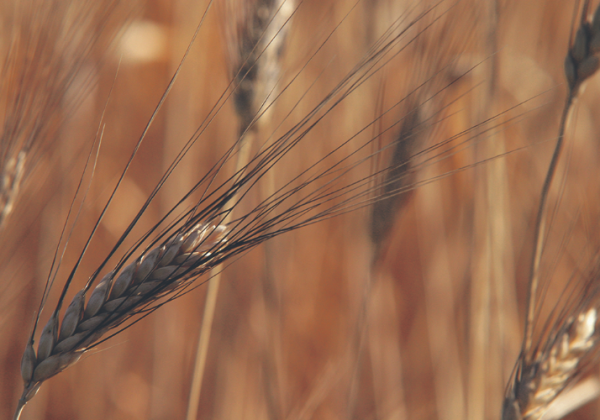
Durum market adjusts from last year’s Canadian drought
Countries in North Africa, major customers for durum wheat, are experiencing a dry start to their growing season.
Morocco, Algeria and Tunisia together are usually in the top ranks of buyers of Canadian durum wheat, used to make the staple dish of couscous.
Farmers in Morocco, Algeria and Tunisia this month are wrapping up seeding their winter wheat that will be harvested in May and June.
Clearly there is lots of time for rain yet, but producers are on edge about the dry start. Moroccan farmers are particularly worried about a repeat of last year’s disappointing yields caused by drought. The U.S. Department of Agriculture weekly weather and crop bulletin for the week ending Dec. 31 said drought intensified during the week in Algeria and Tunisia under sunny skies and temperatures up to 7 C degrees warmer than normal. Read More …

Ag Canada research shifts away from production
Agriculture Canada scientists have, historically, spent their time on things like improving yields, crop diseases and livestock feed efficiency. Mostly ag production and risks to production.
Now, their top priorities should be sustainable agriculture and climate change, said Agriculture Canada’s Strategic Plan for Science, a document released last fall. “In an increasingly complex and intertwined world, we must be deliberate in our actions to address the needs of producers, the industry, Canadians, and citizens around the globe. Everything we do is interconnected,” it said.
“Now more than ever, sustainability is — and will remain — a key driver of innovation in the face of mounting environmental challenges.With the climate crisis looming, research on incremental productivity gains will not protect the industry from the volatility of a changing environment. An effective response will require a paradigm shift.”
Read more…
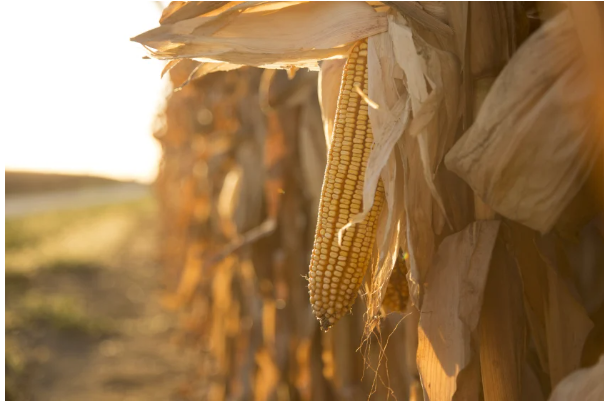
U.S. reduces corn, soybean harvest views
CHICAGO, Jan 12 (Reuters) – U.S. corn and soybean harvests in 2022 were smaller than previously estimated as crops struggled late in their development after a promising start to the growing season, the U.S. government said on Thursday, Jan. 12.
Dry conditions also caused the U.S. Agriculture Department to cut its forecasts for corn and soybean production in key global supplier Argentina as the crops being grown there are wilting in a drought.
The reduction in the corn and soybean production estimates adds to worries about tightening global supplies of grains and resulting high food prices. U.S. corn production was at a three-year low and the soy crop was the smallest in two years.
“USDA made drastic cuts to the size of last years corn and soybean crops,” said Joe Vaclavik, president of Standard Grain. “That’s the big surprise today.”
USDA does not normally make such sizable cuts to crops that were harvested months ago.
Read more…
New Zealand
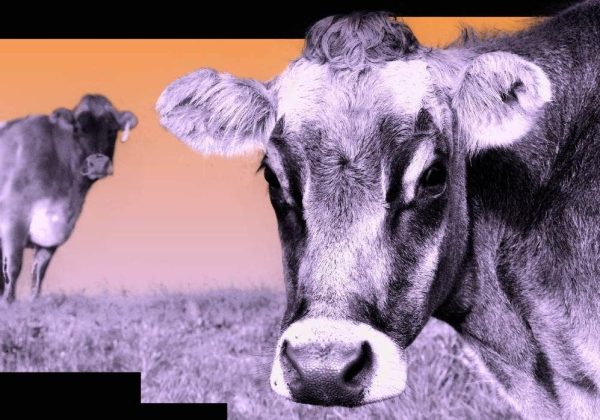
The Whole Truth: Are New Zealand farms the world’s greenest?
What’s the issue?
When the Government announced a plan to price farming emissions, National Party leader Christopher Luxon said the policy “failed to recognise New Zealand farmers are already the most carbon-efficient in the world”.
Luxon echoed a claim made frequently by agricultural lobby groups. Groundswell, for example, vehemently opposes the policy because it says Kiwi farmers “are already the most sustainable food producers in the world, as verified by independent research”.
What we found
These claims lack strong proof, considering the sheer number of food and fibre types and farming regions.
They are based on taking the results of research on a couple of food types and assuming the same is true for all farming.
Read More here...

Summit throws spotlight on food and fibre
The hunt is on for the latest crop of innovators who have helped lift New Zealand’s reputation for producing high quality foods and fibres to even greater heights.
The fifth annual Primary Industries New Zealand Awards will be held in Wellington on July 3, a highlight of the two-day PINZ Summit.
“The hard graft and long hours that our farmers, growers and processors put in is the core reason food and fibre make up more than 80% of the nation’s merchandise exports,” Federated Farmers chief executive Terry Copeland says.
“But giving us that edge in highly competitive international markets, and helping us meet environmental, biosecurity and other challenges are those researchers, technologists, cross-sector collaborations and producers who find better ways of doing things.
Read More here…
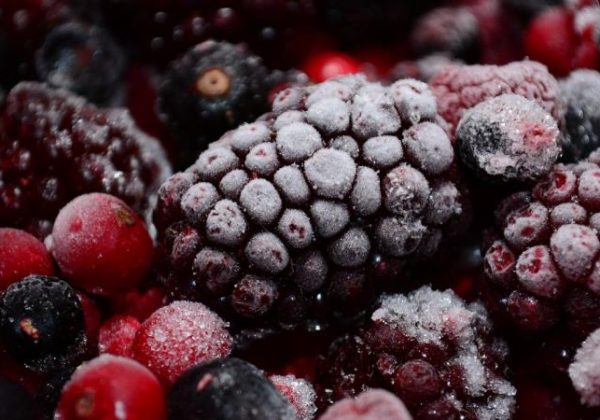
Recall on frozen berries
Anyone who bought Pams frozen Mixed Berries from four specific stores in the South Island is urged to check whether they are part of a recalled batch, says New Zealand Food Safety (NZFS).
The recall was triggered due to a possible risk of hepatitis A associated with frozen berries sourced from Serbia.
NZFS says it supports Foodstuffs South Island in the decision to recall a specific batch of Pams brand Mixed Berries with a best before date of 14/08/2024.
The product was only available in the following stores on Saturday, 14 January 2023:
- New World Ashburton
- Three Parks New World in Wanaka
- Pak’nSave Hornby
- Pak’nSave Wainoni in Christchurch.
Read More here…

Westgold butter sued in US over packaging
Premium New Zealand butter brand Westgold could lose a lawsuit in the United States challenging the similarities of its packaging to Irish butter brand Kerrygold, says a commercial law expert.
Irish butter producer Ornua claimed Westgold’s butter packaging in the US was too similar to the packaging of Kerrygold butter.
Westgold is owned by the Westland Dairy Company. Its chief executive Richard Wyeth said legal notice from Ornua had been received.
“While we would prefer that consumer taste be the ultimate judge, we will vigorously defend the claims made,” he said.
Westgold’s distinctive packaging was linked to its West Coast heritage, Wyeth said.
But commercial law professor at the University of Auckland, Alex Sims, said Westland could lose the case.
Read More here…
Australia
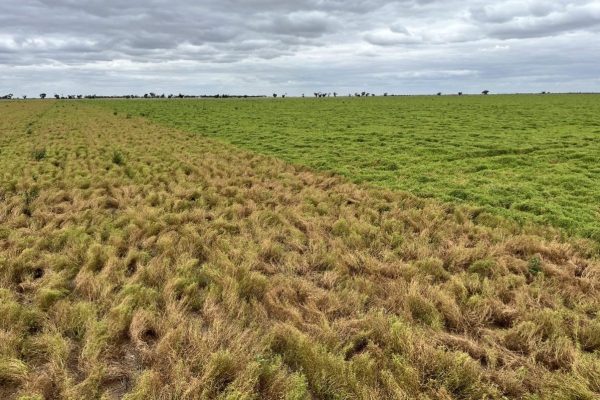
Chickpea exports rise, lentils plummet in Nov
AUSTRALIA exported 62,526 tonnes of chickpeas and 26,900t of lentils in November, according to the latest export data from the Australian Bureau of Statistics.
Compared with the October shipment figures, the chickpea total is up 12pc from 55,906t, while the lentil figure has plunged 54pc from 58,355t.
Pakistan on 42,832t accounted for 69pc of Australia’s chickpea exports in November, with Bangladesh on 7586t and Nepal on 4023t the second and third-biggest markets.
On lentils, Egypt on 9387t followed by Sri Lanka on 7363t and India on 5013t were the three biggest markets.
The jump in chickpea volume shipped in November reflects new-crop availability out of Central Queensland.
Read more here
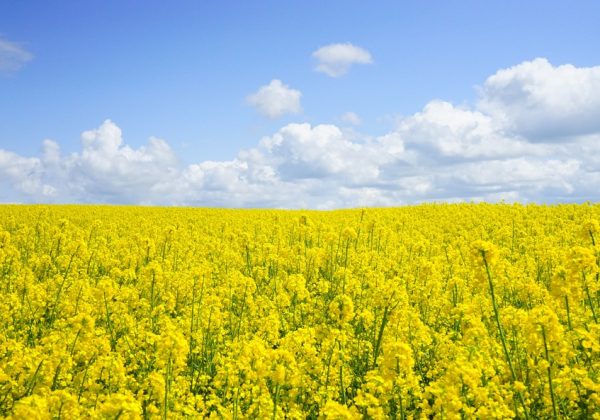
AOF forecasts record Australian canola crop at 7.6Mt
DESPITE one of the most challenging canola harvests eastern Australia has ever seen, the national canola crop this year will year deliver another record, potentially exceeding 7.5 million tonnes (Mt).
The estimate was released on December 20 by the Australian Oilseeds Federation and factors in figures from ABARES and the Grain Industry Association of Western Australia.
The AOF national total sits above ABARES most recent estimate of 7.3Mt released in its December 6 Australian Crop Report.
AOF chief executive officer Nick Goddard said WA alone will deliver what would have been regarded as a strong national crop a few years ago, of more than 4.2Mt.
“Exceptional conditions in WA and South Australia this year have delivered strong yields, on the back of a significant lift in area of 7pc and 25pc respectively, while in NSW and Victoria the harvest has been much better than expected,” Mr Goddard said.
Read more here …

Durum surprises in drawn-out southern harvest
DURUM crops have posted some bumper yields and delivered better-than-expected quality for growers in south-eastern Australia after one of the wettest springs on record.
While durum grown in South Australia and Victoria primarily supplies domestic pasta manufacturing, durum tonnes surplus to local needs are likely to go to export.
The market has softened considerably in the past fortnight as exporters ingest the impact of a bigger and better crop than earlier expected from the extremely late harvest, and options for selling it along with the tonnage available out of northern NSW and southern Queensland.
The three durum grades are: DR1 for minimum 13pc protein; DR2 for 11.5-12.9pc protein, and DR3 of minimum 10pc protein, and most deliveries in NSW, Victoria and SA are understood to have made at least DR3 specs.
Read more here…
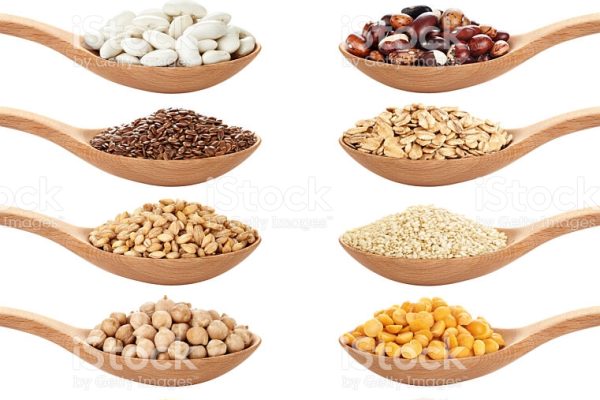
Grains Genebank launches online seed catalogue
THE LAUNCH of a new online seed catalogue by the Australian Grains Genebank in Horsham is making the seeds that underpin the development of new crop varieties more accessible.
Agriculture Victoria researcher and leader of the AGG Sally Norton said the genebank, which opened in 2014, is dedicated to preserving and making available plant genetic resources of grain crops that are valuable to Australia’s research and breeding industries.
“The catalogue will enhance the existing services of the genebank and give registered users all the expected benefits of a searchable database,” Dr Norton said.
“It gives people online shopping cart functionality, allowing them to search seed lines and request samples with a few simple mouse clicks.”
Dr Norton said the seed catalogue is a Germplasm Resources Information Network (GRIN) database system, which is a common software system used to manage information about seeds and plant tissue globally.
Read more here…
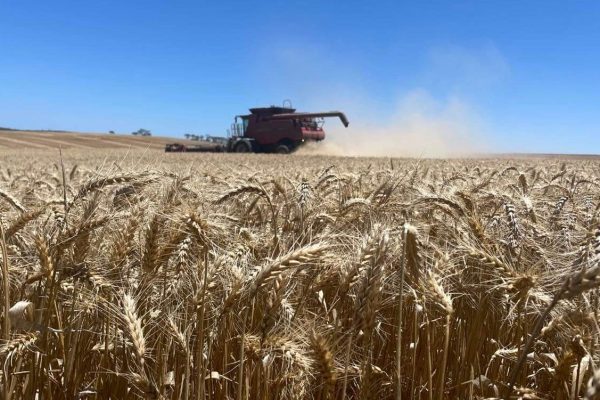
Harvest records set to be broken in WA: GIWA
EXCEPTIONAL yields are making it a certainty that Western Australian growers will see another record season for 2022-23, according to the Grain Industry of Western Australia’s (GIWA) December Crop Report released today.
In the December wrap-up, GIWA is estimating a total crop production of 24.747 million tonnes (Mt), far above the 2021-22 record of 24Mt.
This result is making it a year to remember across all WA grain growing regions, mostly for the yields achieved, but also for those in the southern regions with the unseasonal weather leading up to and during harvest.
Grain yields are in some cases “the best ever”, and in most cases, growers average paddock yields are higher than in 2021, which drove the record tonnage for the state by a fair margin.
Read more here…
South America
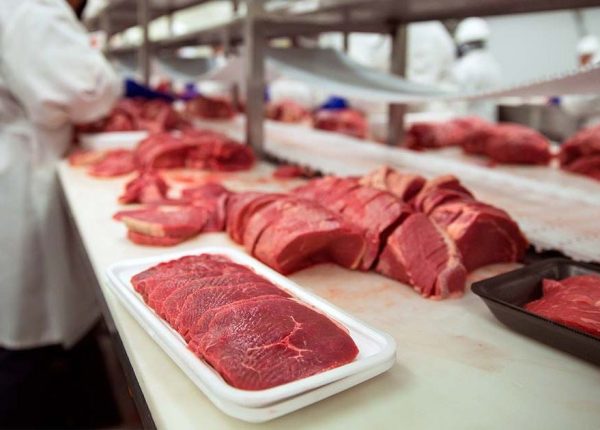
Argentina may resume beef exports to Mexico
Argentina’s Secretariat of Agriculture, Livestock, and Fisheries announced Friday that 22 beef processing plants had been approved for shipments to Mexico after a 20-year hiatus.
The South American authorities confirmed having received a note from Mexico’s Sanitary Agency (Senasica) specifying the conditions under which the opening of the market to deboned and matured beef from Argentina became operative.
It took eight years of negotiations to reach this stage. Mexico had previously reopened its doors to Argentine corn, it was also explained.
According to Argentine Foreign Ministry sources quoted by BAE Negocios, these negotiations had been “strongly promoted by Presidents Alberto Fernández and Andrés Manuel López Obrador” (AMLO).
“This is an achievement of great relevance for Argentina and a new extremely important market that opens for our beef exports,” the sources went on while insisting that Argentina already has the export channels open to the European Union, the United States, China, Chile, and Israel, among other buyers.
Read more here…
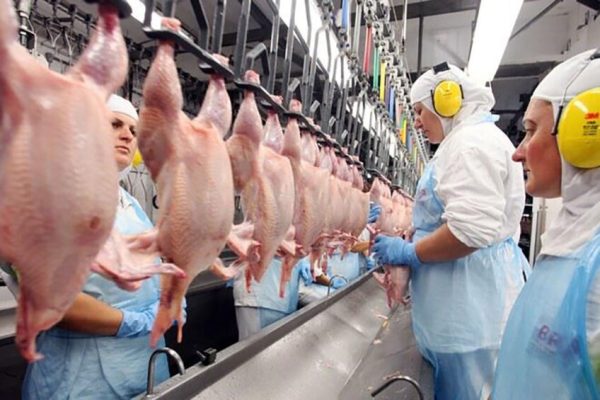
Brazilian poultry export record in 2022
Brazilian broiler exports might reach a new record of 4.85 million tonnes in 2022, according to ABPA (Brazilian Association for Animal Protein). This would be 5% more than in 2021 when the country exported 4.6 million tonnes.
The entity presented these numbers in December, forecasting 14.6 million tonnes of production in 2022, or 1.5% more than the previous year.
According to a report by Rabobank, even with the 18% drop in Brazilian shipments to China (the largest destination for Brazilian exports, accounting for around 12% of the total), chicken meat exports continue to rise.
In October 2022, for example, protein exports increased by 5% in volume and 29% in value. Higher feed costs are being absorbed by the foreign market, which has also increased the competitiveness of Brazilian broilers on the international scene.
Read more here…
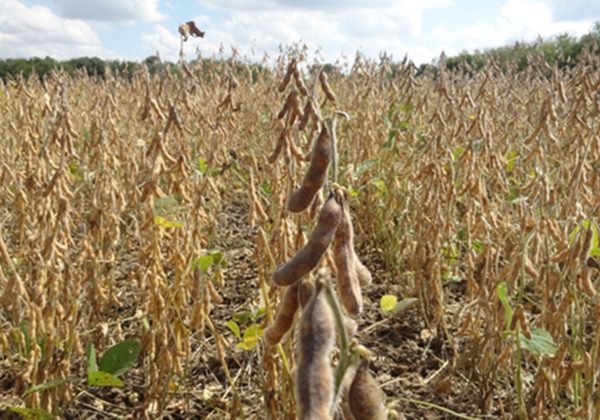
Poorer harvests heralded due to bad weather would mean fewer dollars for Argentina
Argentina’s Agriculture exports are expected to drop by US$ 14,000 million due to the recent drought, according to projections from the Buenos Aires Grain Exchange released this week in Buenos Aires. The new figures might have an impact on the country’s Gross Domestic Product (GDP) of between 1.1% and 1.8%.
“The fall in grain production implies a reduction in exports, in tax collection linked to the sector, and in its contribution to GDP,” the report on the 2022/2023 harvest made by the Buenos Aires Grain Exchange read. Due to the prolonged drought, smaller corn, soybean, and wheat harvests are forecast.
These figures mean a blow to the President Alberto Fernández administration which hoped to collect additional foreign currency to bolster the country’s meager coffers to meet targets agreed upon with the International Monetary Fund (IMF) regarding a fiscal deficit reduction.
September’s projections have been largely affected by recent adverse weather consisting of droughts and frosts. Even the most optimistic scenario now entails significant losses and lower revenues from agroindustrial exports.
Read more here…

Chilean Cherry Exports Expected To Reach Record 80 Million Boxes
According to a new estimate by the Chilean Cherry Committee of the Chilean Fruit Exporters Association (ASOEX), fresh cherry exports from Chile to global markets in the 2022/23 season are expected to top 80 million boxes, or around 400,000 metric tons. Although this is lower than last October’s estimate of 89 million boxes, if realized, this would still set a new record for Chilean cherry exports.
As the primary destination for Chilean cherry exports, the China market is of central importance to Chile’s producers and exporters. On Jan. 11, Iván Marambio, president of ASOEX, and Claudia Soler, manager of the Chilean Cherry Committee, attended a launch ceremony organized by Liaoning Port Group to celebrate the opening of a new “Cherry Express” sea shipping route to the northern port city of Dalian.
Marambio underlined the importance of this development in a speech delivered at the Port of Dalian. “Despite the many challenges that we have faced, China is and will continue to be our main export partner in the Asian region and, for many species, the world.
Read more here
Food Updates
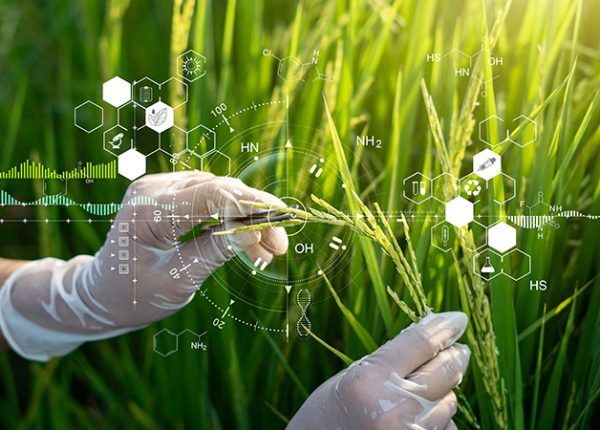
Why new GM techniques must be strictly regulated
Those in the food business, both retailers and producers, will likely be aware that there has been movement in the world of genetic engineering, in both the UK and the EU, where, until now, genetically modified organisms (GMOs) have been strictly regulated. Due to risk assessment, as well as traceability and labelling requirements for GMOs, business operators and consumers can rely on high food safety and transparency standards. But these key achievements are under threat. In England, the Genetic Technology (Precision Breeding) Bill – currently going through the parliamentary process – proposes to exclude new GMOs (those that have been made with techniques like CRISPR/Cas) from any regulation. In the EU the European Commission has announced a proposal on deregulation of new genomic techniques in its work plan for 2023, to be tabled in the second quarter of this year.
So, what kind of GMOs are we talking about?
It could be said that GMOs have a bad reputation in Europe. This could explain why the UK Government, when discussing new GMOs, echoes the term used by big biotech of ‘breeding’, referencing the language of nature and traditional farming. It could also account for why the EU Commission is talking about “new genomic techniques” instead of the term GMOs – as confirmed by the European Court of Justice in its landmark ruling in 2018.
Read more here
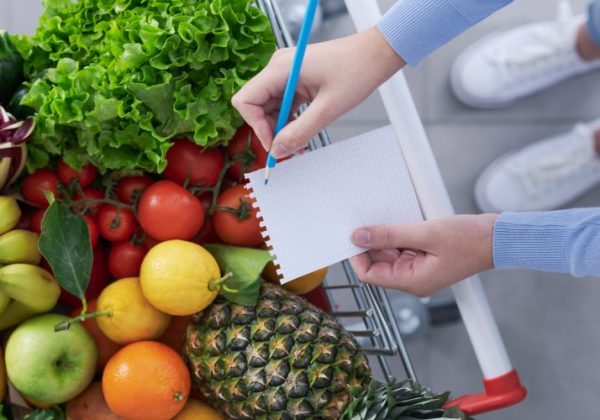
Are Europeans altering their food shopping habits?
Some of the key changes observed in the study include shoppers buying less or switching brands and making more mindful choices when it comes to food.
“The ongoing Russian war against Ukraine has brought into sharp focus just how fragile our food system can be,” said Dr Andy Zynga, CEO of EIT Food.
“We urgently need to scale and support innovation to address supply chain issues and ensure that we are producing enough affordable, nutritious food for all; however, we must do so sustainably, fairly and efficiently.”
Read more here…
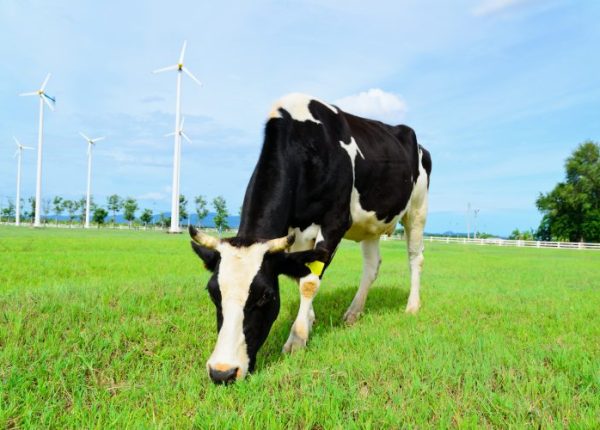
Do Japanese consumers favour sustainable meat?
According to a recent study carried out by the Tokyo Institute of Technology and Shinshu University, Japanese consumers favour sustainably produced meat and meat substitutes.
With livestock production accounting for 14.5 percent of all greenhouse gas emissions caused by human activity, some consumers may take climate concerns into account when food shopping, altering their purchases with sustainability in mind.
Aiming to understand consumer preferences and attitudes towards alternative protein sources, the researchers conducted a survey comprised of 4,421 beef consumers and shoppers in Japan.
“To the best of our knowledge, this report is the first to explore and give insights on beef and meat substitutes in Japan, where there have been fewer reports than in other markets,” said Takumi Ohashi Associate Professor from Tokyo Tech.
The results of the study revealed that most of the respondents preferred domestic beef however their choice of production methods and preference for meat substitutes were reportedly influenced by a wide range of factors such as cost, familiarity, and various sociodemographic characteristics.
Read more here…
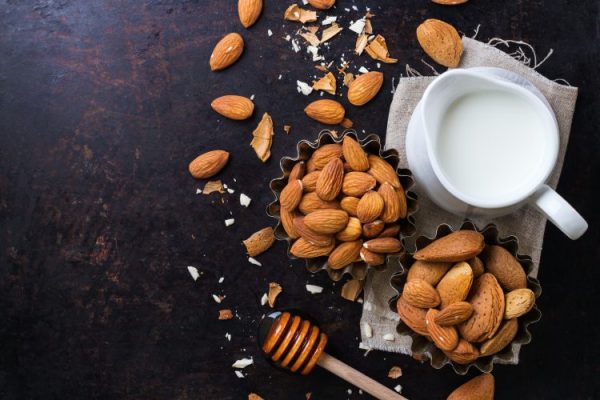
Califia Farms innovates new organic dairy-free milk
Califia Farms has launched two new products including Organic Oatmilk and Almondmilk following them receiving approval from the United States Department of Agriculture (USDA).
The two innovations are reportedly made from three ingredients: purified water, sea salt and oats/almonds. The brand claims that their new editions do not contain oils or gums.
Hoping to “meet the needs of consumers seeking products and fewer ingredients, yet an accessible price point”, Califia Farms has highlighted that their oat and almond milk products will be available at Kroger Co., Whole Foods Market, Sprouts Farmers Market and other retailers across the US.
“I can’t think of a better way for Califia to kick off the new year than with the launch of our deliciously simple Organic Oatmilk and Almondmilk,” said Suzanne Ginestro, Chief Marketing Officer at Califia Farms.
Read more here…
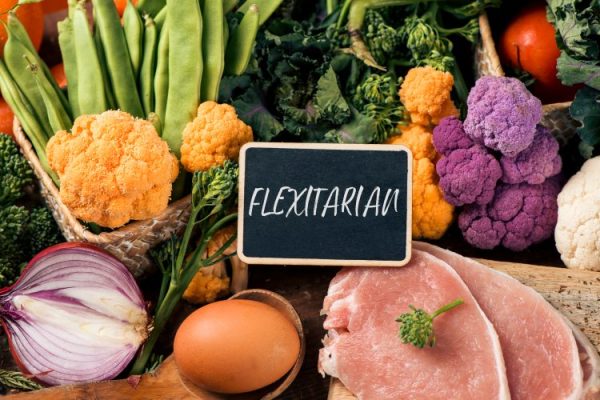
One in six Canadians consider themselves a flexitarian
According to research carried out by Chefs Plate, one in six Canadians consider themselves a flexitarian and also claim that, after carnivores, a flexitarian diet is the most common eating habit in Canada, with almost 15 percent of all Canadians opting for this diet.
What does flexitarian mean?
The word flexitarian comes from the combination of the words ‘flexible’ and ‘vegetarian’. According to the Cleveland Clinic, the diet is a cross between full vegan and vegetarian “with the ability to enjoy animal products every so often”.
Euromonitor’s Health and Nutrition Survey for 2020 stated that flexitarians make up 42 percent of the market. Suggesting some motivations for making the switch to a flexitarian diet World Animal Protection states that it “can benefit your health, animals and the environment”.
Read more here…


